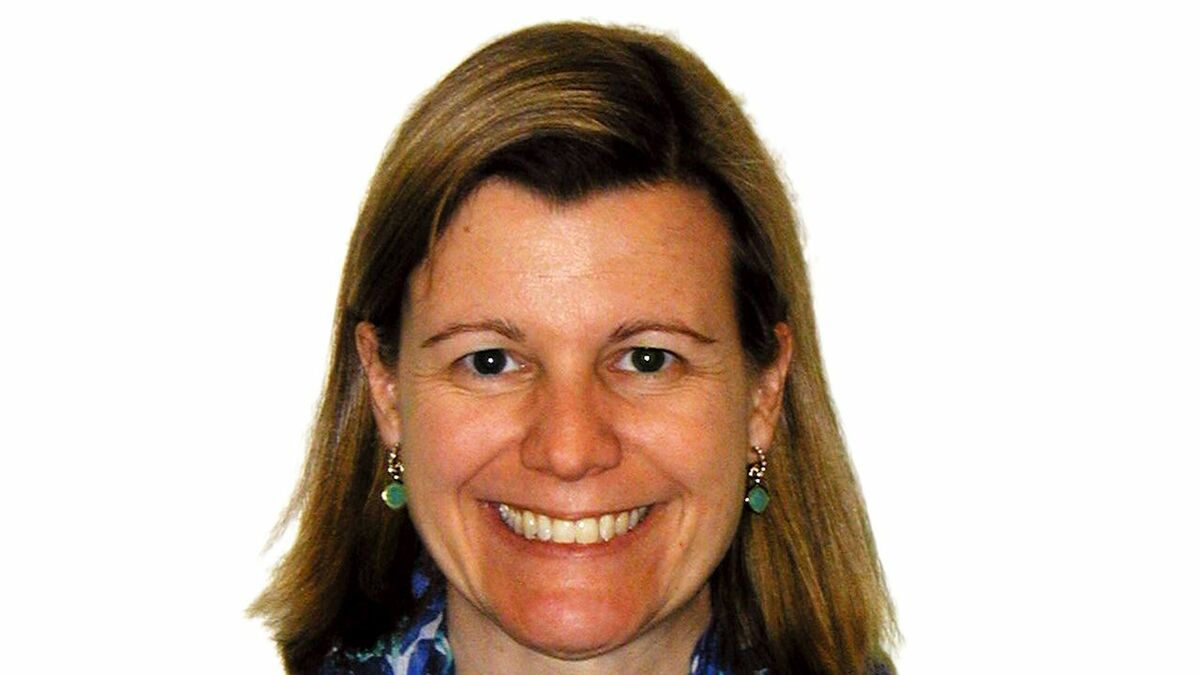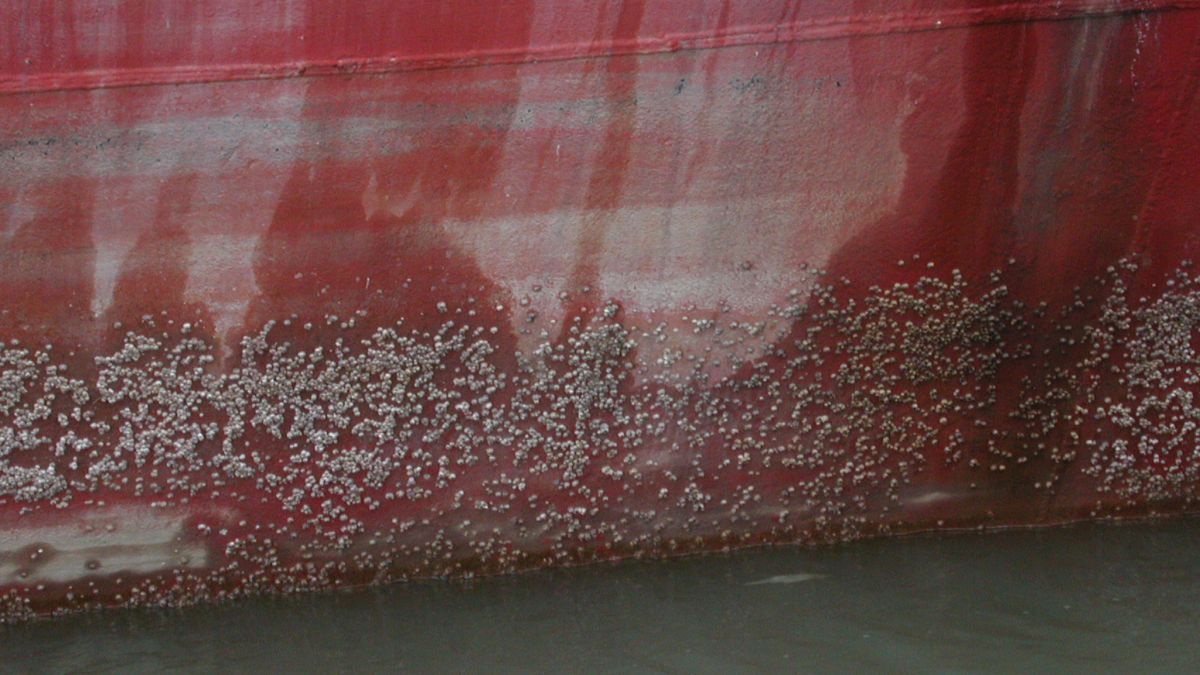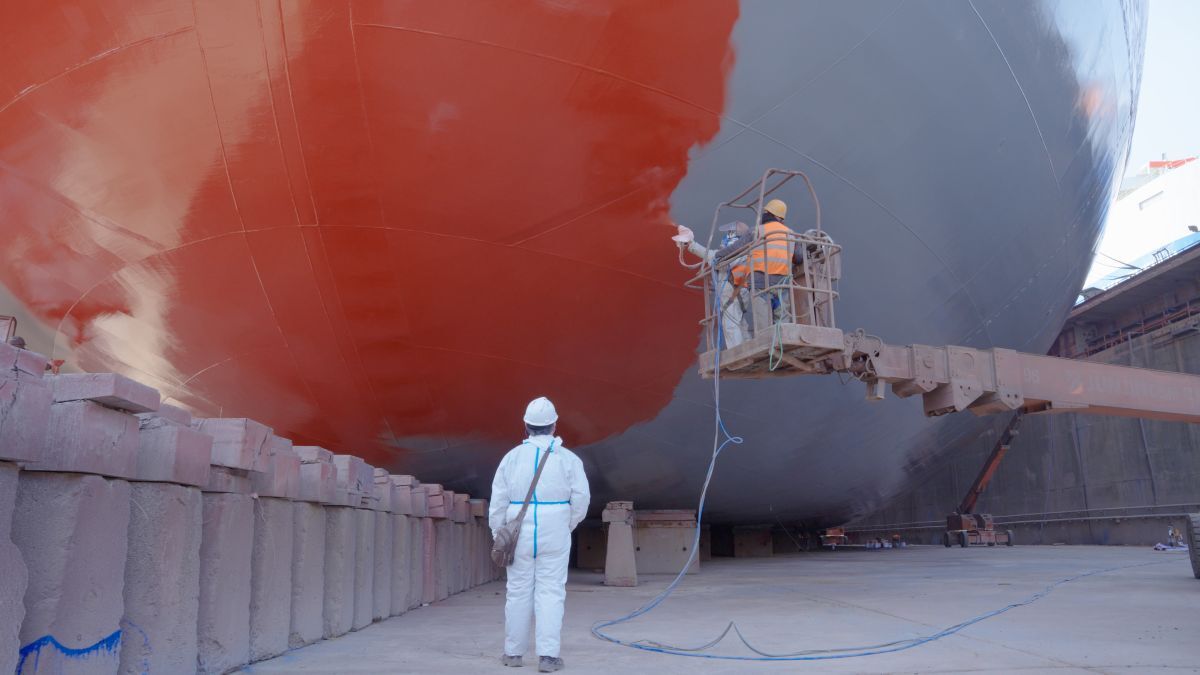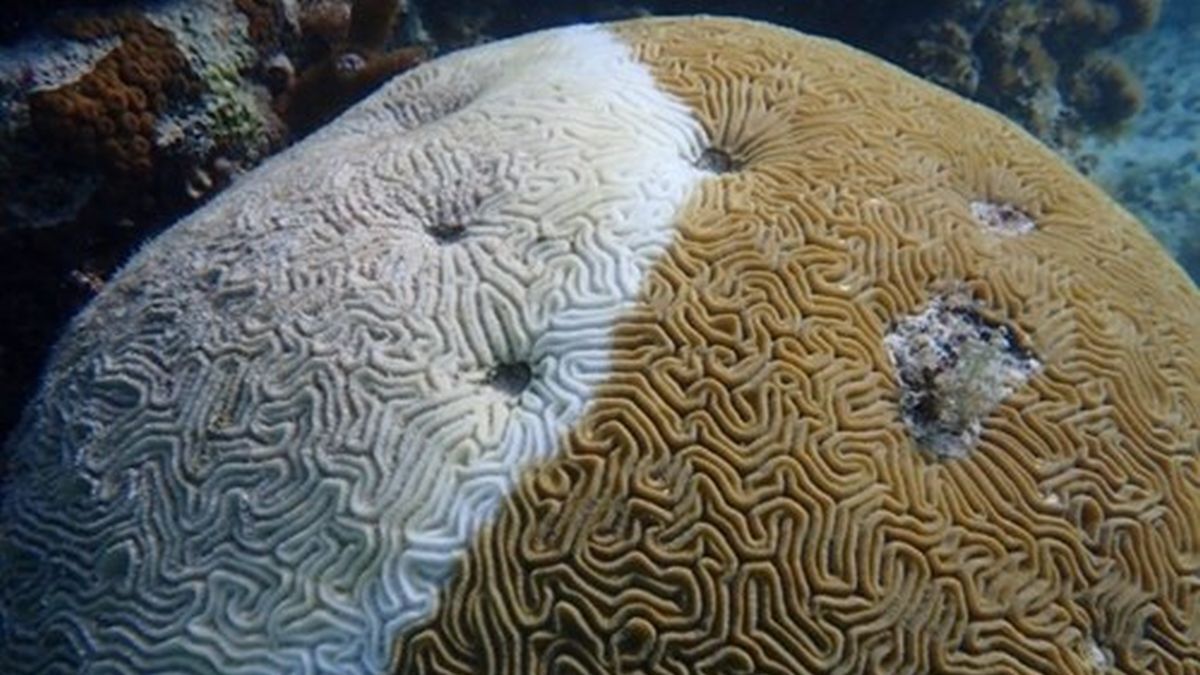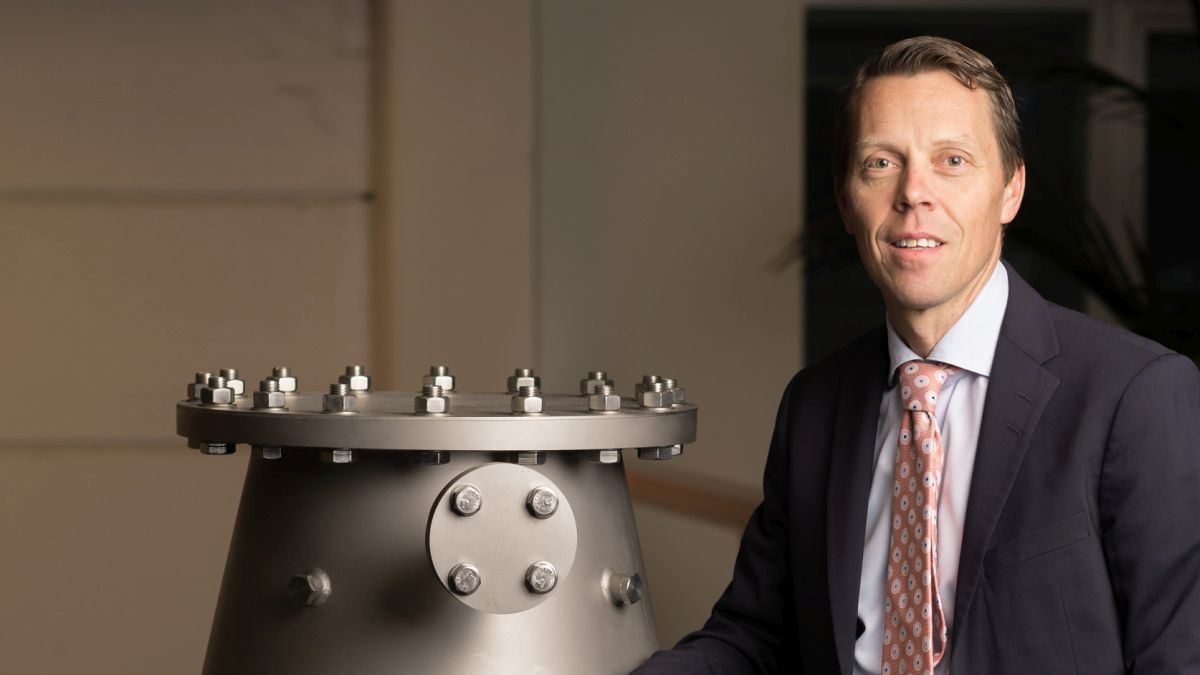Business Sectors
Events
Contents
Stakeholders express concerns about USCG VIDA draft policy letter
The US Senate’s passage of the Vessel Incident Discharge Act (VIDA) was specifically designed to bring the US Coast Guard’s ballast water treatment technology type-approval process in line with that of IMO. In response, the USCG’s draft policy letter has effectively rejected the Senate directive, and industry stakeholders have now asked the USCG to reconsider its position
A key component of VIDA was the language used. By specifying the US Coast Guard (USCG) was to produce a policy for testing for non-viable organisms on the “best available science”, the way was clear to add the most probable number methodologies (MPN) alongside the current testing method used by the USCG, which is staining. Accepting MPN testing would have opened the door for low UV energy BWMS to achieve USCG type-approval.
As part of VIDA, the USCG had 180 days to produce a draft policy letter (DPL) detailing how it would implement the requirements laid out in VIDA. Once the DPL was published, concerned stakeholders had 30 days to respond.
The contents of the DPL took many stakeholders by surprise. Rather than agreeing to accept “best possible science” and implement MPN as used by IMO, the USCG took the stance that “the Coast Guard does not know of any type-approval testing protocols for BWMS that render non-viable organisms in ballast water that are based on best available science."
This statement has been very heavily criticised by ballast water treatment stakeholders in comments to the DPL. None of the 36 responses to the USCG’s DPL agreed with the above statement found in the DPL. Around 80% take specific issue with the statement and provide academic evidence to the contrary.
Several respondents, including the California Marine Environmental Protection Division’s representative Nicole Dobroski questioned why the USCG had not provided any evidence to support its statement. “USCG provided no information on determination as to the best available science.”
In fact, many of those responding were troubled by the USCG being unable to find “best available science”. This included DNV GL, whose response ran to 50 pages of argument and contained six pages of academic references. Many of the academics referenced were also quick to respond to the USCG’s inability to justify an alternative to the staining method of testing.
James Bolton of the University of Alberta was curious as to why the USCG was wedded to the stain testing technique, which is a research method, when MPN was widely used in industry. Some also questioned the efficacy of the staining testing technique. Moss Landing Marine Laboratories’ Nick Welschmeyer noted that the MPN method had fewer false readings than fluorescein diacetate stain testing.
Other academics took a longer term view of the USCG reluctance to align with the global acceptance of MPN. Ron Hoffman of the University of Toronto noted that the attitude of the USCG was parallel to that found in civil engineering decades ago, where “UV was thought to be inefficient in civil engineering.” This is no longer the case and numerous cities have their water treated by UV and tested by MPN.
Others also felt that MPN should be used alongside CMFDA staining techniques. “Let’s strive for more options in our tool box, not fewer,” wrote Great Lakes Institute for Environmental Research institute’s representative R Michael L McKay. Victor Moreland of Moreland Consultancy LLC commented that “…shunning the science available and not making a well-informed decision" would be a mistake that would impact on a global level.
There was also the question of whether the USCG had acted legally in how it had responded to Congress’s requirements laid out in VIDA and its duty as a US government entity. The Chamber of Marine Commerce’s representative Bruce Browns noted that the DPL “…fails to legally comply with VIDA and Administrative Procedure Act.” Counsel for Alfa Laval Tumba Matthew Melewski was of the opinion that “US Congress issued VIDA specifically to force USCG to accept MPN.”
Mouawad Consulting’s chief executive officer Jad Mouawad had a long list of arguments in his response and one of the most compelling was that the USCG had been party to a 2012 report that concluded that MPN was the best method. It would appear that the USCG is now rejecting a method it had previously endorsed, and one that Congress specifically wanted the USCG to adopt. If that is the case, he queried: “…what does the USCG expect from the scientific, research and industry community?”
The next stage is to see if the USCG has taken any of these comments on board when it issues the final policy letter.
Register now for the Ballast Water Treatment Beyond Certification webinar on Monday 25 November 2019.
register.gotowebinar.com/register/6761063427552026380
Related to this Story
Events
Maritime Environmental Protection Webinar Week
Cyber & Vessel Security Webinar Week
The illusion of safety: what we're getting wrong about crews, tech, and fatigue
Responsible Ship Recycling Forum 2025
© 2024 Riviera Maritime Media Ltd.


